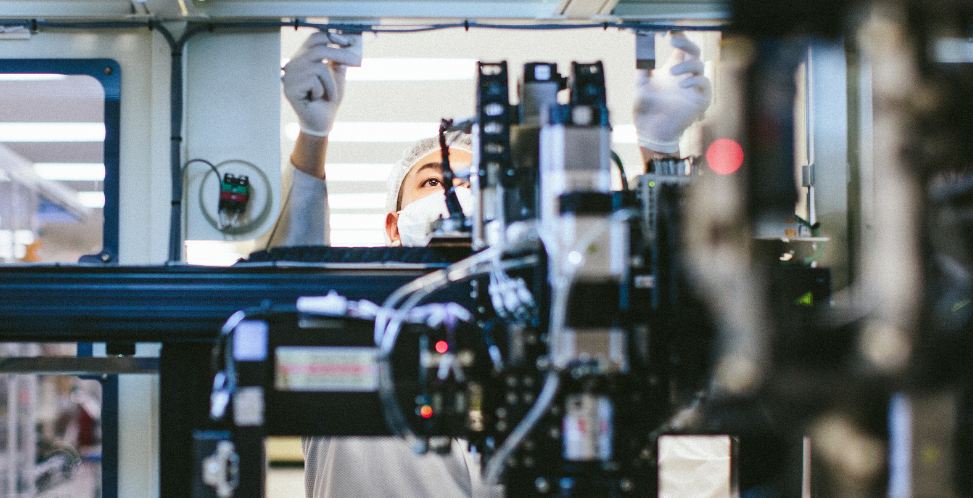In all three rounds of trade action on imported solar stretching back to 2012, the issue of scope has been contentious. The anti-dumping (AD) and anti-subsidy (countervailing duty or CVD) import duties were all focused on crystalline silicon, which meant that thin film solar like that made by First Solar was exempt – despite the fact that it directly competes in the utility-scale market with crystalline silicon products.
The same has been true of the Section 201 process, and this drew both criticism and requests for exemptions from those companies that also make differentiated products based on crystalline silicon technology.
Most notably, during the International Trade Commission’s Section 201 process, SunPower asked for an exemption for its Interdigiated Back Contact (IBC) solar cells and modules. These offer the highest efficiencies available for residential or rooftop applications and command a premium price for this, which was the basis for SunPower’s argument that they do not compete directly with domestic products.
Additionally, during the October 3 trade hearing at the International Trade Commission (ITC), representatives of the government of South Korea asked for their nation to be exempt, noting Korea’s position in supplying n-type monocrystalline silicon cells for the U.S. market. SunPower’s IBC cell production in the Philippines is based on n-type mono, and, like IBC, other n-type mono products offer higher efficiencies than standard multicrystalline silicon.
Thus these are the two product categories most likely to seek exemptions, under a process revealed in President Trump’s January 23 proclamation implementing tariffs on imported cells and modules.
It is possible that Tesla will also seek an exemption, given that SolarCity before its acquisition by Tesla argued that AD and CVD duties on Chinese products should not apply to Silevo’s multi-junction solar products that it was importing from China. Since that time Tesla has switched to Panasonic’s Heterojunction Intrinsic Thin Film (HIT) technology for its solar “gigafactory” in Upstate New York.
And while the gigafactory’s expected 1 GW of annual output should make it so that Tesla does not need to import anything, it is unclear when the factory will actually reach this milestone, and in the interim Tesla may be dependent upon imported product. Since HIT, like Silevo’s Triex, is a product that combines crystalline silicon and amorphous silicon layers, this may end up being the basis for an request for exemption.
Within 30 days, the U.S. Trade Representative will publish requests for exclusion in the Federal Register. There is no guarantee that any particular product will be accepted.
Nation-specific exemptions
While Section 201 sets global safeguard relief, there are also exemptions for certain developing nations that are WTO members, as long as this nation’s share of imports is not more than 3% of total imports, and as long as the collective share of all these is not more than 9% of total imports.
Several dozen nations are in the Generalized System of Preferences (GSP) list that is eligible for such treatment. Thailand and the Philippines are excluded because they represent more than 3% of such imports. Of the remaining nations pv magazine was able to identify five that have at least 100 MW of annual PV production: Algeria, Brazil, India, Tunisia and Turkey.
Additionally, Egypt’s first PV manufacturing facility is currently underway, and Mozambique and Jordan have small factories. However, if imports from any of these nations exceeds the 3% of total imports or the total exceeds 9%, this exemption can be removed.
Tariffs are expected to take effect February 7.
This content is protected by copyright and may not be reused. If you want to cooperate with us and would like to reuse some of our content, please contact: editors@pv-magazine.com.









By submitting this form you agree to pv magazine using your data for the purposes of publishing your comment.
Your personal data will only be disclosed or otherwise transmitted to third parties for the purposes of spam filtering or if this is necessary for technical maintenance of the website. Any other transfer to third parties will not take place unless this is justified on the basis of applicable data protection regulations or if pv magazine is legally obliged to do so.
You may revoke this consent at any time with effect for the future, in which case your personal data will be deleted immediately. Otherwise, your data will be deleted if pv magazine has processed your request or the purpose of data storage is fulfilled.
Further information on data privacy can be found in our Data Protection Policy.